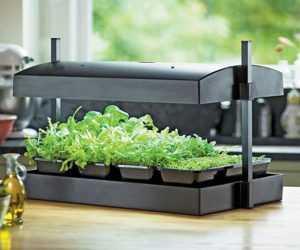 This week is unique in that we enter the window of time for starting vegetables for setting out into the garden later. Gardeners can also set out starter plants for a second, bumper crop of cool season crops.
This week is unique in that we enter the window of time for starting vegetables for setting out into the garden later. Gardeners can also set out starter plants for a second, bumper crop of cool season crops.
Summer Vegetable Seed Starting
Now is the time to start seeds indoors for tomatoes, peppers, and eggplants. We have seeds, seedling trays, seed starting mix, to get you going.
We also have lighted starting kits and trays.
Here is an example of the highly informative Botanical Interests Seed packet:
Hungarian Yellow Wax Pepper – Capsicum annuum
Organic HEIRLOOM Seeds
75 days from transplanting. Developed in Hungary, this early-maturing pepper has a waxy texture that resembles beeswax. Wax peppers are actually orange-red when ripe but are usually picked while still yellow. Great used fresh in salads, pickled, fried, canned, or roasted. 4,500–5,000 Scoville heat units (medium hot).
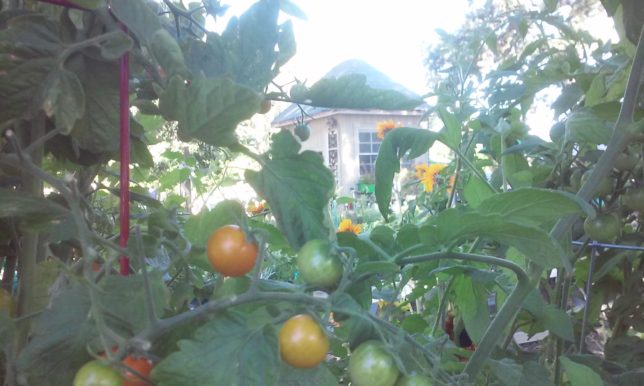
When to sow outside: For mild climates only: 2 to 4 weeks after average last frost, when soil temperature is at least 70°F [Warm enough for Sun Bathing].
When to start inside: RECOMMENDED. 8 to 10 weeks before transplanting. Ideal soil temperature for germination is 70°‒90°F. Transplant seedlings outside 2 to 4 weeks after average last frost, and when daytime temperatures are at least 70°F, and nighttime temperatures are at least 55°F. Mild Climates: Also sow in late summer for fall/winter crop.
Harvesting: Harvest when 3″–5″ long or longer and when peppers are yellow or orange-red. Even though Hungarian yellows are usually harvested yellow, they will ripen to orange-red if left on the vine. When harvesting, take care to avoid touching the interior of any broken peppers, as the capsaicin is an extreme irritant, especially to the eyes. Wash hands thoroughly after harvesting, or wear gloves to harvest peppers.
Artist: Pat Fostvedt
Want to start a second “Bumper Crop” of winter vegetables?
Peas, broccoli, onions, and cauliflower set out now can squeeze in a productive run before temperatures rise in June. Cool season crops, such as these are often planted in September and October for harvest now, but planting now allows you to work in a crop for later spring harvest. This can even out your garden harvest before summer veggies begin to fruit.
Snap peas are great for a quick, sweet snack. Plant a couple for snacking or plant a 10′ row for meal-size harvests.
Cauliflower comes in hues including orange and white; Broccoli is in stock in green and chartreuse; try something new!
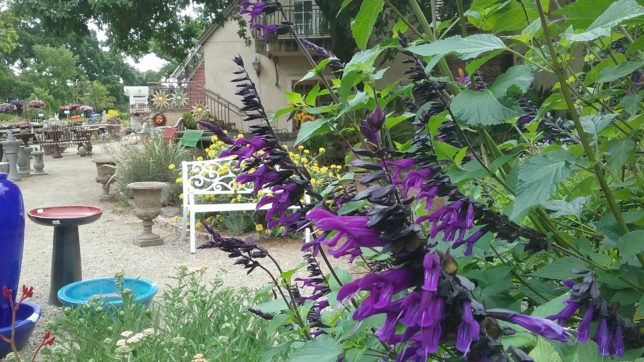
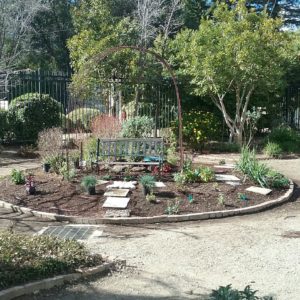
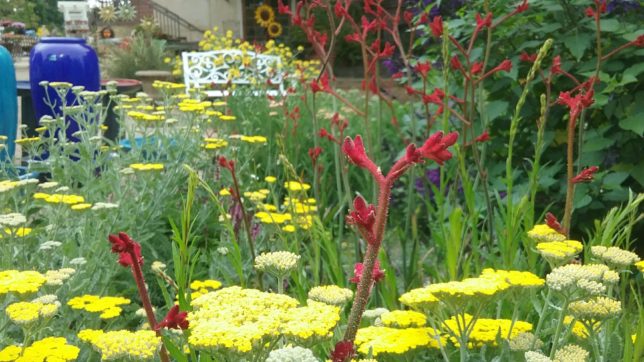
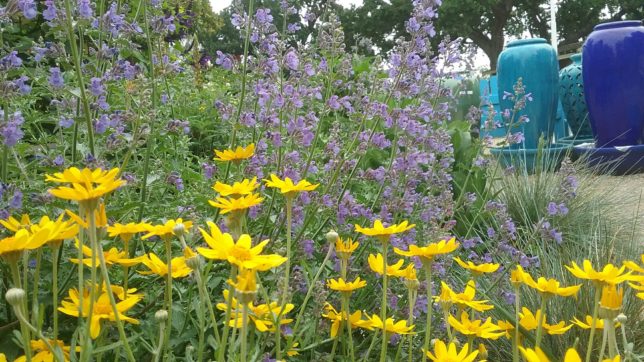
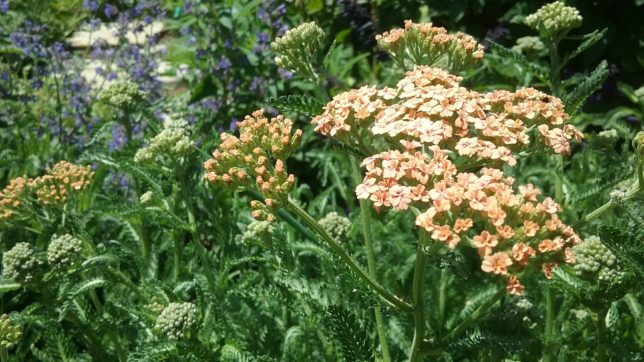

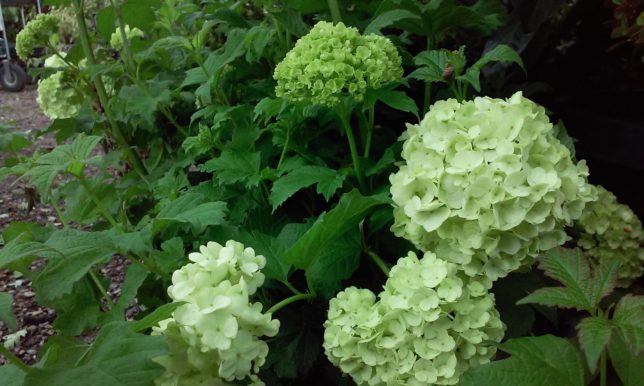
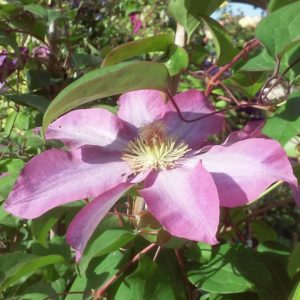
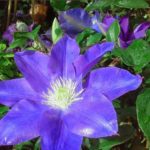

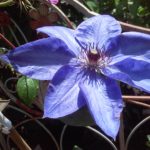
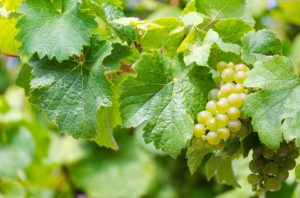 When my mother, Ruth, and father Jack would meet new residents asking what they could successfully grow in our valley the answer would start with, “Grapes and Roses.” Our climate, soil, and water are perfectly suited for both. The name of “Hopyard Road” reflects a time when the Valley was known for filling the beer barrel as well.
When my mother, Ruth, and father Jack would meet new residents asking what they could successfully grow in our valley the answer would start with, “Grapes and Roses.” Our climate, soil, and water are perfectly suited for both. The name of “Hopyard Road” reflects a time when the Valley was known for filling the beer barrel as well.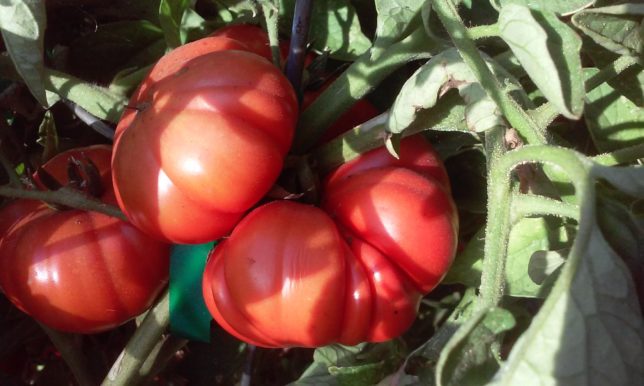
 This week is unique in that we enter the window of time for starting vegetables for setting out into the garden later. Gardeners can also set out starter plants for a second, bumper crop of cool season crops.
This week is unique in that we enter the window of time for starting vegetables for setting out into the garden later. Gardeners can also set out starter plants for a second, bumper crop of cool season crops.
![artichoke600[1]](https://www.aldenlane.com/m/wp-content/uploads/2015/11/artichoke6001.jpg)
![artichoke600[1]](https://www.aldenlane.com/m/wp-content/uploads/2015/11/artichoke6001-150x150.jpg) After harvesting, the last artichokes from a stem, it will wither, and the leaves will die back to the ground. Mid-summer is also the time to cut the stem and leaves to the ground. New shoots will grow from the base producing a new plant with next year’s crop. Make regular applications of Sluggo Plus to ward off earwig invaders.
After harvesting, the last artichokes from a stem, it will wither, and the leaves will die back to the ground. Mid-summer is also the time to cut the stem and leaves to the ground. New shoots will grow from the base producing a new plant with next year’s crop. Make regular applications of Sluggo Plus to ward off earwig invaders.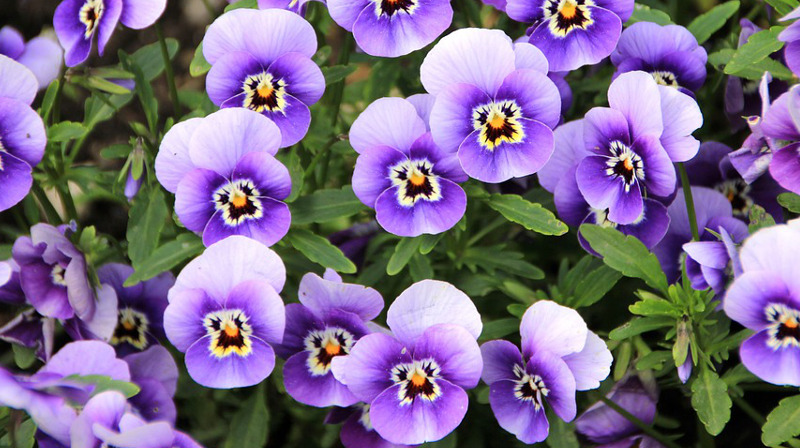
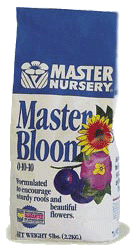 Change fertilizers for many of your shrubs this month. Azaleas, Rhododendrons, and Camellias need monthly applications of Master Bloom (0-10-10) to ensure good bud set for the spring. Citrus plants need regular feedings with Master Nursery’s Citrus Food to help protect them from frost damage.
Change fertilizers for many of your shrubs this month. Azaleas, Rhododendrons, and Camellias need monthly applications of Master Bloom (0-10-10) to ensure good bud set for the spring. Citrus plants need regular feedings with Master Nursery’s Citrus Food to help protect them from frost damage.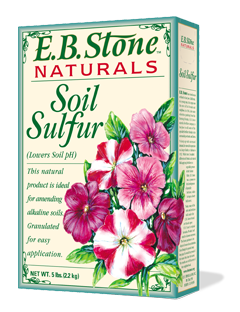 We recommend 2-3 applications per year of some form of sulfur. Apply one before rains stop in early spring, one as rains begin in fall, and one application mid-summer. Now is a perfect time because gentle rains (we hope) will wash nutrients into the soil.
We recommend 2-3 applications per year of some form of sulfur. Apply one before rains stop in early spring, one as rains begin in fall, and one application mid-summer. Now is a perfect time because gentle rains (we hope) will wash nutrients into the soil.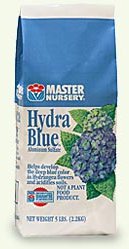 Now is also an excellent time to apply gypsum to the lawn or hydra-blue to Hydrangeas.
Now is also an excellent time to apply gypsum to the lawn or hydra-blue to Hydrangeas.